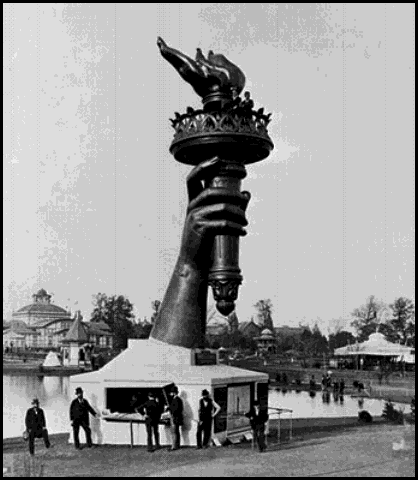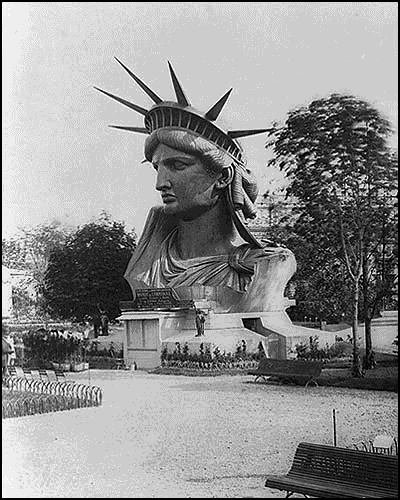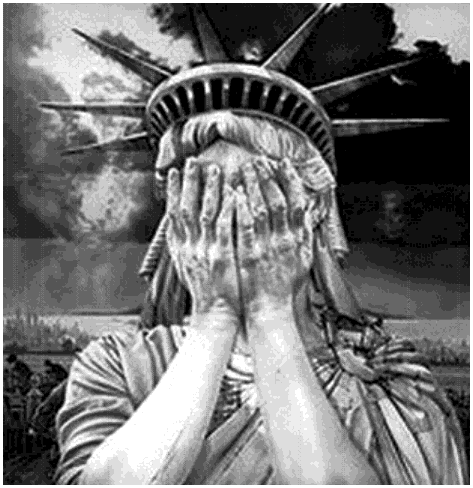The World
The Creation of
The Statue of Liberty
Yasmin Sabina Khan
(Cornell University Press)

Enlightening the World is the history of the conception of Statue of Liberty in the fertile brain of one Edouard Laboulaye of France, and the realization of it in the even more fertile brain of Frédéric Auguste Bartholdi. Bartholdi constructed the statue in Paris, then supervised its deconstruction, crating, and shipping off to Bedloe's Island in New York harbor where it was stuck back together.
The most interesting parts of the book have to do with the way that Bartholdi's model, originally four feet high, "was carefully reproduced at successively larger scale in plaster."
- The second plaster model, measuring around 28 feet to the top of the head, or 36 feet with the arm and torch added, was marked into three hundred sections and used as the basis for another enlargement, again at roughly a factor of four.

- Neither Bartholdi nor Laboulaye left a record that explains their decisions.
There were doubts all around. When Americans were asked to contribute to the pedestal, most didn't seem too interested. They considered the whole thing a little odd, and couldn't figure out why they would have to fork over almost $300,000 for the base for the statue.
After looking at it carefully, you and I might wonder the same thing. Ms. Liberty might be inspiring, but the pedestal, designed by Richard Morris Hunt, is a pompous bloat of conflicting styles and inchoate thefts from other nineteenth century architecture. The mush of Doric columns, the screwy horizontal band of shields, the ridiculous loggia, all serve as a dog-lump to detract from the beauty of the upper story.
Enlightening the World is also a little lumpish itself. The pacing is slow and the asides --- including an excursion into the history of John Brown and a badly potted remake of 18th and 19th Century French history --- could have been dispensed with in favor of more nuts-and-bolts approach to the process of building the beautiful Ms. Liberty.

Thank god those who were there to build the Statue of Liberty --- Irish immigrants under the direction of other immigrants from France and Italy --- missed this whole dreadful scene.